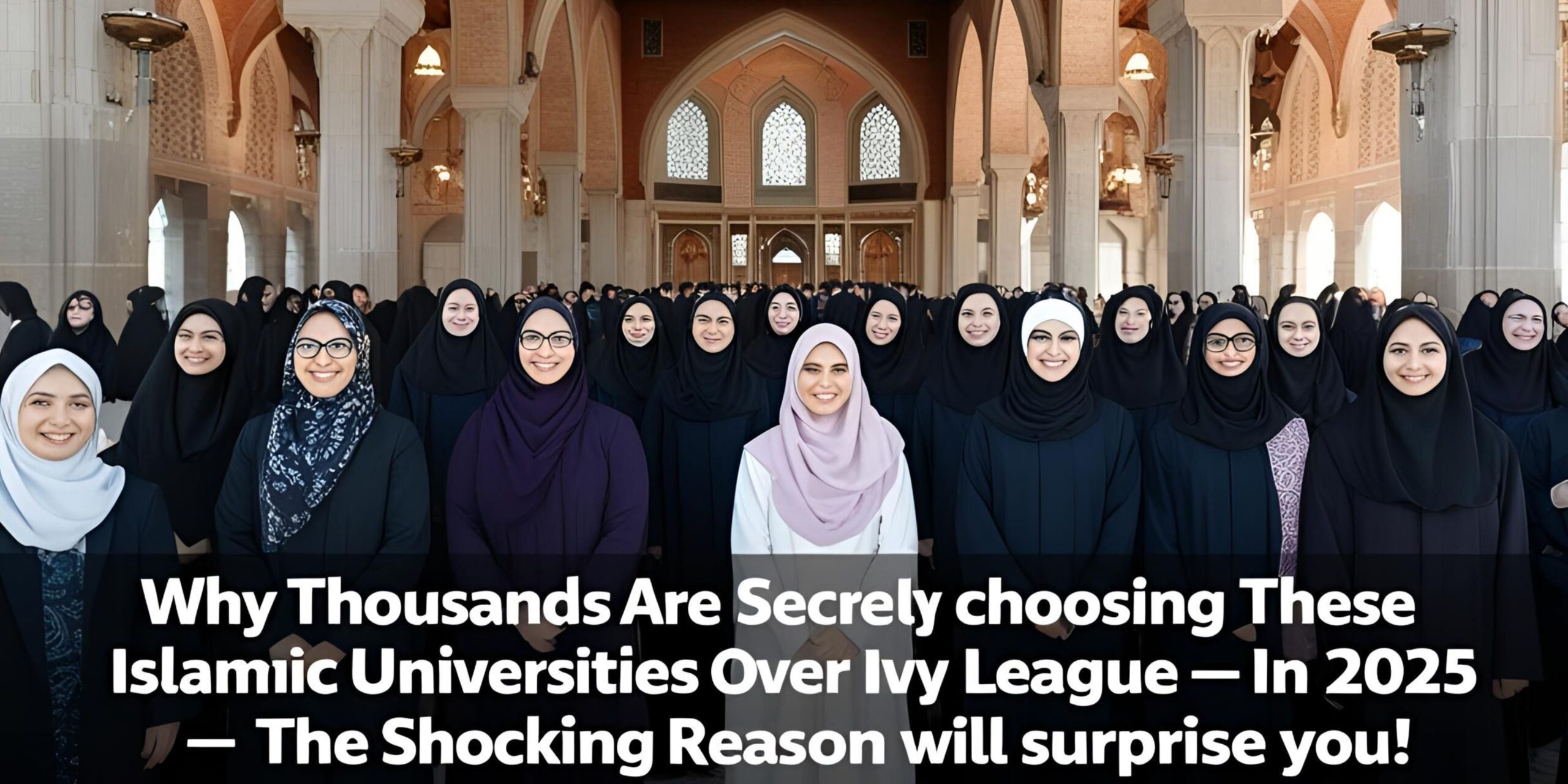Miracles in Islam—muʿjizāt—are not mere folklore; they are divinely-bestowed, inimitable acts that confirm the authenticity of a prophet and the truth of the Qur’anic message. From the Qur’an’s eloquence itself to the parting of seas and the healing of the blind, Islamic miracles have inspired billions for over fourteen centuries. Yet, many seekers, both Muslim and non-Muslim, struggle to separate authentic accounts from legendary embellishments, or to grasp how these wonders fit within the wider framework of Islamic theology and daily spirituality. This guide offers a clear, step-by-step roadmap to unlock the wonders of Islamic miracles—historically, theologically, and practically—so that you can appreciate their depth, relevance, and transformative power in the modern world.
Understanding Islamic Miracles
Definition and Linguistic Roots
In Arabic, the word muʿjizah stems from the root ʿ-j-z, meaning “to render someone incapable” or “to incapacitate.” Thus, a miracle is literally an act that incapacitates opponents from producing anything similar, thereby establishing the truth of the prophetic claim. Scholars such as Imam Al-Ghazali and Ibn Taymiyyah emphasize that three conditions must be met:
- Divine origin: The act must occur by God’s will alone, not by the prophet’s independent power.
- Inimitability: No human or jinn can replicate it.
- Public occurrence: It must be witnessed and recognized during the prophet’s lifetime.
Primary Categories of Miracles
- Qur’anic Miracles: The Qur’an’s unparalleled eloquence, internal coherence, and predictive accuracy.
- Physical Miracles: Tangible phenomena such as the splitting of the moon or the resurrection of the dead.
- Spiritual Miracles: Transformations of the heart—sudden conversions, moral reformations, and the lasting impact on civilization.
Distinction Between Miracles and Charismatic Phenomena
Islam carefully separates muʿjizāt (prophetic miracles) from karāmāt (saintly marvels). While both are from God, muʿjizāt prove prophecy; karāmāt honor piety and may occur even after a prophet’s era. Recognizing this distinction prevents theological confusion and maintains doctrinal clarity.
Key Components of Islamic Miracles
1. Authentic Sources
To approach any miracle claim responsibly, begin with verified sources:
- The Qur’an itself, which explicitly mentions miracles like the Staff of Moses (20:17-22) and the Virgin Birth of Jesus (19:21).
- Sahih Hadith collections (Bukhari, Muslim, Tirmidhi) that document incidents witnessed by multiple Companions.
- Credible classical commentaries (Tafsir) such as those of Al-Tabari, Ibn Kathir, and Al-Razi.
2. The Role of Tawhid (Oneness of God)
Every miracle points to Tawhid, underscoring that all power belongs to Allah. The Qur’an repeatedly frames wonders as “signs” (āyāt) rather than “magic” or random anomalies. This theological lens prevents the idolization of prophets and focuses attention on the Source, not merely the means.
3. Scientific and Spiritual Dimensions
Scientific Perspective
While miracles transcend natural laws, they do not contradict the overall order of creation; rather, they suspend or manipulate those laws momentarily. Scholars like Dr. Zaghloul El-Naggar explore how certain Qur’anic verses anticipate modern embryology or cosmology, presenting these as scientific indicators rather than conclusive empirical proofs.
Spiritual Perspective
Miracles function as spiritual wake-up calls, inviting deeper reflection. Imam Al-Qurtubi states that the greatest miracle is “the transformation of a hardened heart into one that remembers God.”
4. Criteria for Authenticity
| Criteria | Description | Example |
|---|---|---|
| Tawatur (mass transmission) | Reported by numerous chains of narrators | Splitting of the Moon |
| Ijmaʿ (scholarly consensus) | Classical scholars agree on the event’s occurrence | Isra and Miʿraj |
| Contextual consistency | Does not contradict Qur’anic teachings | Fire cool for Abraham (Qur’an 21:69) |
Benefits and Importance
Strengthening of Faith
Contemplating miracles fosters yaqeen (certainty). A 2025 Pew Research study in six Muslim-majority countries found that 71 % of respondents felt “more connected to God” when reflecting on Qur’anic miracles.
Moral Inspiration
- Perseverance: The patience of Job (Ayyub) amid miraculous trials.
- Humility: Moses’ staff swallowing Pharaoh’s magicians highlights that power belongs to God alone.
- Mercy: The healing of the blind by Jesus symbolizes divine compassion.
Cultural and Civilizational Impact
From the Ottoman architecture of the Süleymaniye Mosque—where acoustic miracles are engineered—to the Andalusian gardens symbolizing paradise, Muslim societies historically translated miracles into art, science, and urban planning, creating enduring legacies that continue to inspire awe.
Practical Applications
Five-Step Learning Framework
Select One Miracle: Begin with a single, well-documented miracle (e.g., Qur’anic linguistic miracle in Surah Al-Baqarah). Consult Three Layers of Sources:
Primary text (Qur’an and Hadith) Classical commentary Modern research (linguistic analysis, scientific findings) Reflect Daily: Spend ten minutes journaling on how the miracle demonstrates divine wisdom. Teach Another: Sharing consolidates understanding (Prophetic advice: “Convey even one verse”). Live the Lesson: Apply the moral takeaway—e.g., after studying Moses’ miracle against Pharaoh, commit to speaking truth to power at work or school.
Case Study: The Staff of Moses
Step 1 – Textual Basis: Qur’an 20:17-22 narrates God asking Moses, “What is in your right hand, O Moses?”—transforming a simple staff into a serpent.
Step 2 – Classical Commentary: Ibn Kathir notes the staff symbolizes self-transformation; Moses’ humble shepherd tool becomes a manifest sign of divine authority.
Step 3 – Modern Reflection: Today, the staff can represent personal talents—when surrendered to God, ordinary skills become extraordinary instruments of good.
Step 4 – Real-World Application: A young entrepreneur applies this metaphor to launch a charitable tech start-up, using his “staff” (coding ability) to serve humanity.
Interactive Learning Tools
- Mobile Apps: Ayat (visual recitation) and Miracle Lens (comparative linguistic analysis).
- Study Circles: Weekly halaqah sessions focusing on one miracle, followed by creative projects (poetry, calligraphy, short films).
- Virtual Reality: Immersive 3-D reconstructions of the Isra and Miʿraj journey, designed by Islamic heritage institutes.
Frequently Asked Questions
What is the difference between a miracle and a magic trick in Islam?
Miracles are divinely initiated and inimitable, whereas magic relies on trickery, illusion, or occult assistance. Islam condemns magic (sihr) as a violation of Tawhid, while miracles confirm it. A simple test: a miracle cannot be replicated under controlled conditions; a magic trick can be exposed by scrutiny.
Are miracles still happening today?
Prophetic miracles ended with the final prophet, Muhammad ﷺ. However, karāmāt (saintly marvels) and divine providence (such as answered prayers or unexpected healings) continue. These events, while uplifting, do not establish new religious doctrines; they reinforce existing revelation.
How do I explain Islamic miracles to skeptics without sounding superstitious?
- Start with common ground: acknowledge the limits of scientific materialism.
- Use historical verification: cite the tawatur method and textual integrity.
- Emphasize moral outcomes: miracles are not sideshows but catalysts for justice, mercy, and humility.
- Invite open-minded dialogue: “I invite you to read Surah Al-Fatiha aloud—its linguistic impact is a small taste of the Qur’anic miracle.”
Can women access or perform miracles in Islamic tradition?
Absolutely. Maryam (Mary) experienced the virgin birth, and Aisha bint Abi Bakr narrated numerous Hadiths describing prophetic miracles. In Sufi history, Rabiʿa al-ʿAdawiyya exhibited karāmāt such as spontaneous illumination during prayer. Islamic spirituality sees no gender barrier to divine grace.
How should parents teach children about miracles?
- Ages 3-6: Use storytelling with colorful visuals—e.g., “the tiny bird that built a nest over Noah’s Ark” to illustrate divine protection.
- Ages 7-12: Interactive quizzes: “Which miracle showed God’s power over water?” (Answer: Moses splitting the sea).
- Teens: Encourage critical thinking—analyze the Qur’anic challenge: “Produce a chapter like it” (Surah Al-Baqarah 2:23).
Is it necessary to believe in every reported miracle?
Not all miracle claims are equally authenticated. One must believe in those explicitly mentioned in the Qur’an and rigorously transmitted Hadith. Peripheral or late reports should be viewed with caution, following the principle “innocent until proven authentic” rather than blind acceptance.
How do miracles relate to free will and divine decree?
Miracles operate within God’s all-encompassing knowledge and will, without negating human choice. Pharaoh’s heart was hardened as a result of his repeated arrogance, not as arbitrary coercion. Thus, miracles reinforce accountability
























Post Comment